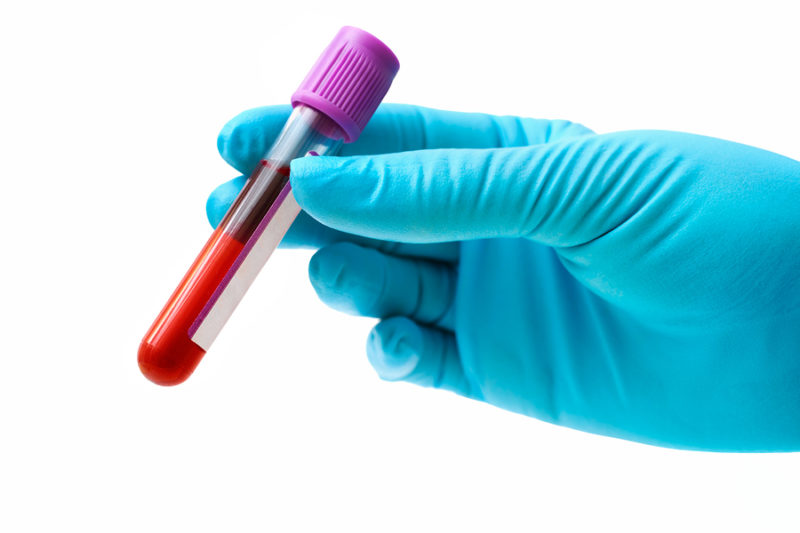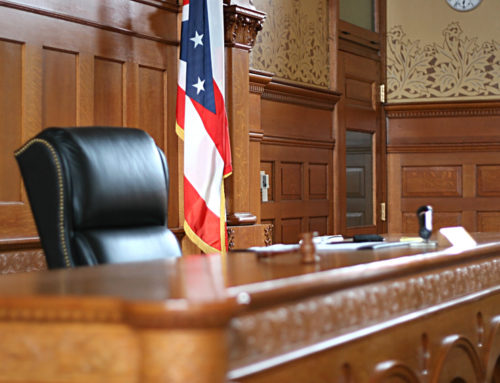On July 13, 2010, New York State enacted legislation, called “Shea’s Law,” which amends the New York State Vehicle and Traffic Law and expands the list of medical personnel who can withdraw blood from a drunk driver without a doctor’s supervision. Previously, under Section 1194(4)(a)(1)(i) of the New York State Vehicle and Traffic Law, a DWI blood draw, performed to test a drunk driver’s blood alcohol content (BAC), was admissible into evidence only if it was performed in a certain manner by statutorily-enumerated medical professionals. This led to many instances where drunk drivers escaped prosecution because their blood draws were not performed specifically according to the statute.
The new law is named after Olympic gold medalist Jack Shea, who was killed by a drunk driver who later escaped prosecution due to a blood draw. Mr. Shea was killed by a drunk driver shortly before the 2002 Winter Olympics. After the accident, Mr. Shea and the intoxicated driver were both ambulanced to a rural emergency room. The emergency room help consisted of a limited medical staff, including only one physician’s assistant, one registered nurse, and one advanced emergency medical technician (“AEMT”). At the time of the accident there was no physician present in the emergency room. After Mr. Shea and the intoxicated driver were examined it was determined that the driver had only suffered minor injuries and would only need a BAC test. However, Mr. Shea collapsed and later died. A second AEMT arrived at the emergency room and performed the blood draw on the intoxicated driver. The blood draw showed that the driver had a BAC of almost twice the legal limit. Although vehicular manslaughter charges were brought against the driver, they were eventually dropped. The court suppressed the results of the blood draw because the emergency room failed to comply with New York Vehicle and Traffic Law section 1194(4)(a)(1), which states that an AEMT can only perform a DWI blood draw at the direction of and under the supervision of a physician–not a physician’s assistant.
This difficulty with the law relating to blood draws has been addressed by courts in several New York cases. In People v. Griesbeck, the court considered a similar situation where a DWI defendant argued that the results of his blood draw should be suppressed because there was no evidence that the medical technologist who drew his blood was authorized to do so by a physician, as required by statute. The court eventually set aside the defendant’s conviction for two counts of DWI on those grounds. In the case of People v. Olmstead, the court considered whether the results of a blood draw from a DWI defendant that was taken by a medical technician under the supervision of a nurse could be suppressed. The court held that unless the blood draw in question was supervised by a physician there was no “substantial compliance with the statute.” The court reversed the defendant’s conviction for felony DWI on those grounds.
Shea’s Law designates two different groups of medical professionals who may perform a blood draw to determine the BAC of a DWI suspect. The first group that is authorized to perform unsupervised blood draws on DWI suspects consists of physicians, registered professional nurses, registered physician’s assistants, certified nurse practitioners, and AEMTs. The second group may perform blood draws on DWI suspects only when under the supervision, and at the direction of, a supervisor designated by the statute.
The second group is comprised of two subgroups (a) “supervisors,” or medical professionals who may supervise and direct the blood draw, consisting of physicians, registered physician’s assistants, or certified nurse practitioners; and (b) “supervisees,” or medical professionals who may only draw blood under supervision of a professional (“supervisor”) listed in group (a), or with the express consent of the suspect. Under the law, “supervisees,” are clinical laboratory technicians, clinical laboratory technologists, phlebotomists, medical laboratory technicians, or medical technologists employed by an approved clinical laboratory.
Shea’s Law makes three major changes: first, it expands the list of medical professionals authorized to draw blood unsupervised; second, it expands the list of “supervisors” who may authorize a DWI blood draw; and third, it allows DWI suspects to consent to their blood being drawn unsupervised by a medical professional who would otherwise need to be supervised under the statute.
The attorneys at the law firm of Nave DWI Defense Attorneys are experienced in handling DWI cases. If you need a lawyer who can help you obtain the best possible outcome in your DWI case, call the law firm of Nave DWI Defense Attorneys.
The exclusive purpose of this article is educational and it is not intended as either legal advice or a general solution to any specific legal problem. Corporate offices for Nave DWI Defense Attorneys are located at 432 N. Franklin Street, Suite 80, Syracuse, NY 13204; Telephone No.: 1-866-792-7800. Prior results do not guarantee a similar outcome. Attorney Advertising.






